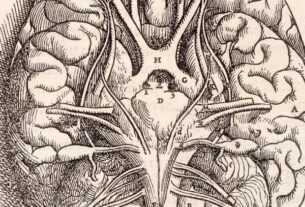A peer-reviewed study published in the journal Nature last month found that genetic variations in the fatty acid desaturase (FADS) gene cluster increased the risk of bipolar disorder.
What is bipolar disorder?
Bipolar disorder is a mental health condition categorized by a manic swing of emotions, according to the National Health Service.
While the exact cause of bipolar is unknown, stress, overwhelming problems, life-changing events and genetic/chemical factors are things that can trigger it.
One in every 100 people will be diagnosed with bipolar disorder at some point in their lives. The peak age that the disorder can develop is between the ages of 15 and 19 years old, according to the National Health Service.
Dr. Takaoki Kasahara, Dr. Hirona Yamamoto from RIKEN Brain Science Institute and Dr. Tadafumi Kato from Juntendo University used CRISPR-Cas9 gene editing to create mutations in mice. They created mice that lacked FADS1 and FADS2.
By creating mice that lacked FADS1 and 2, the scientists were able to establish a link between moods and genes.
The gene-edited mice showed low levels of activity with phases of hyperactivity. This is thought to represent the depressive state and manic state that many people with bipolar disorder experience.
Dr. Kato noted, “The hyperactivity episodes, in which activity was far above the norm, usually lasted half a day.”
During the manic episodes, the mice would spend an abnormal amount of time on their running wheel compared to non-gene-edited mice.
“Unlike other locomotor activities, wheel running in mice is a strongly goal-directed behavior having a significant reward value; thus, a reduction in wheel running is associated with markedly diminished pleasure—anhedonia—a core symptom of a depressive episode,” Dr. Kato explains.
The gene-edited mice also showed irregularities in their Circadian rhythm, meaning their bodies didn’t adjust as well to the changes of night and day.




